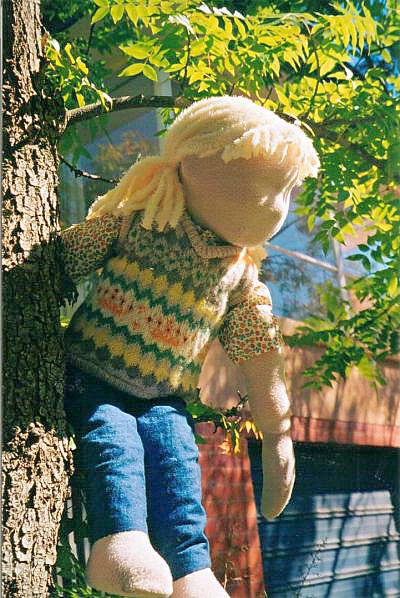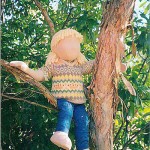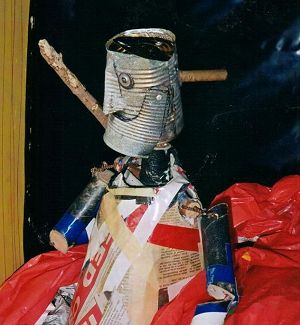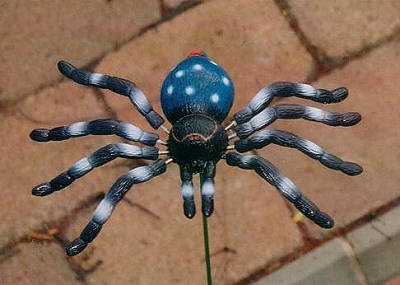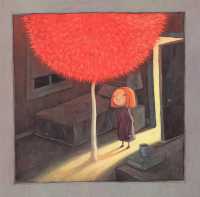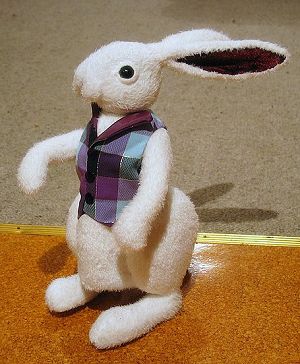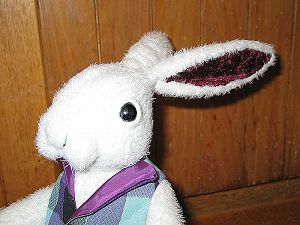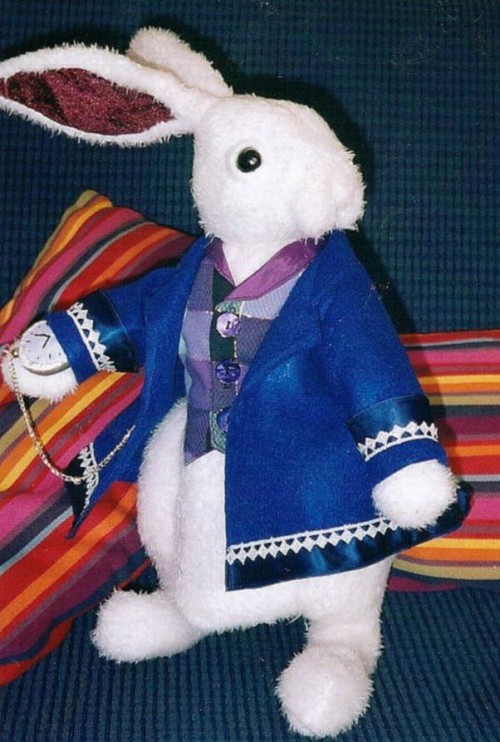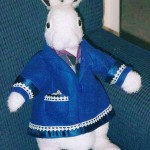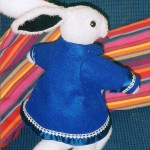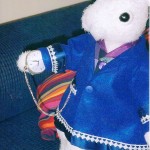When I was making puppets for ‘The Lost Thing’ a few months ago we had to come up with a simply-made tentacle that could start out straight, and then reach about a metre or more, and curl around to some extent at the tip. Here is the drawing I made of the mechanism I invented, in case its useful to other makers:
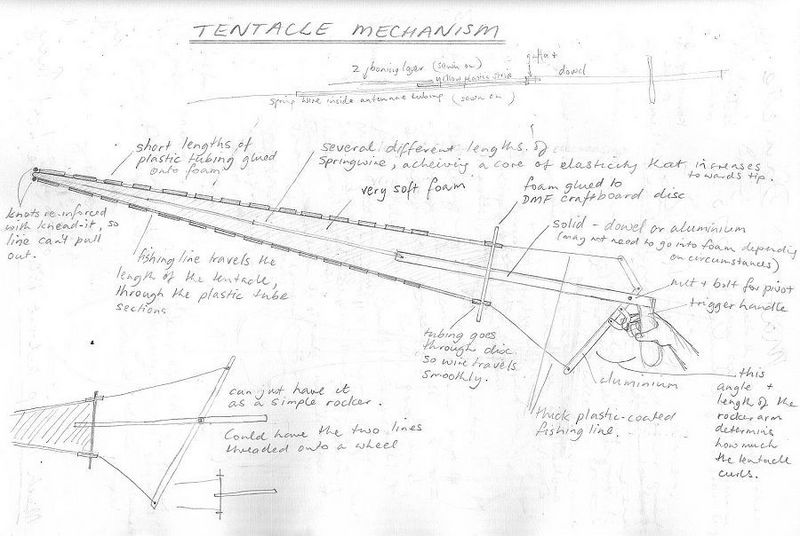
(click to enlarge)The tentacle shape is made of a very soft foam, and has two tracks of heavy duty fishing line running up each side, though small sections of plastic tubing. The kind of tubing I found good was antenna housing that model-car hobbyists use, because it is strong and rigid.When the fishing line is pulled the tentacle curls, and when it is released the foam itself acts as a kind of spring, returning the tentacle to an at-rest straight position. I did have to put some additional spring and rigidity in the core of the foam, though. It was an experimental mixture of different lengths of spring wire, boning and strip plastic, with the idea being to incrementally decrease the rigidity towards the tip. You have to balance aspects like having the foam soft enough to compress easily, and the core springy enough to return but not too rigid to bend easily, and so on.The tentacle was covered: a very thin layer of dacron batting to make it all smooth, and then lycra.
The curls in simple tentacles usually only work in two directions. They are mechanically similar to those intriguing flexible wooden snakes and fish whose bodies are sliced into lots of cross-sections, and then constructed again with a leather or canvass strip running up the middle of the body:

A tentacle made like this moves from side to side, not up and down, or with any twisting. The thing that excited me about the foam tentacle was that by pulling on both lines with varying pressures, it would twist around in a very sinuous way. It was not a feature that could be used much in the play, as the puppeteer only had one hand free to operate the tentacle, but it was an interesting discovery. It would also be worth experimenting with trying three or four operating strings, if the base of the tentacle was in a firm housing rather than being hand-held.

